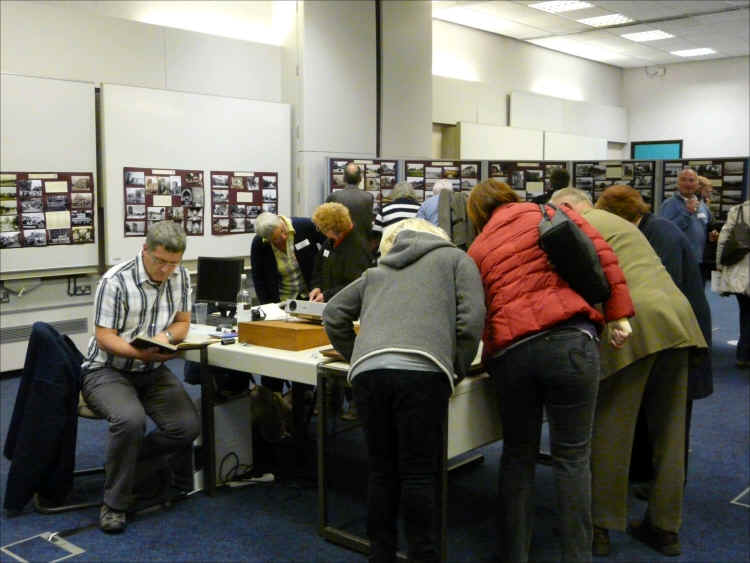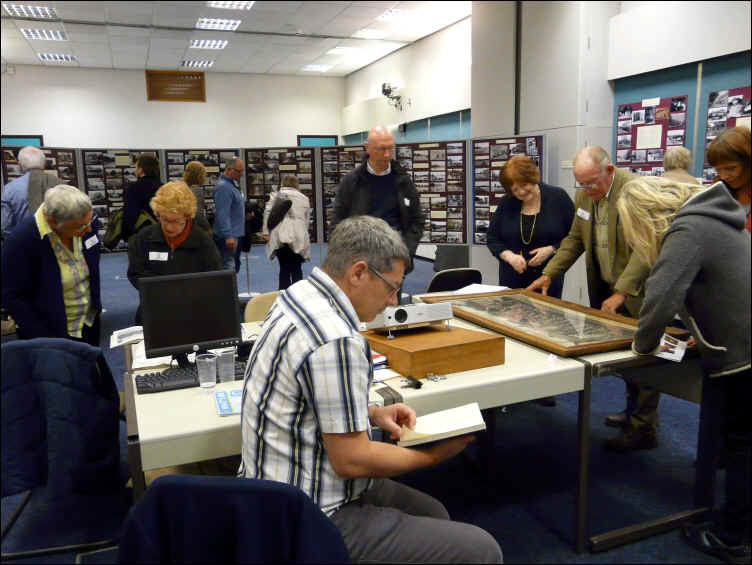

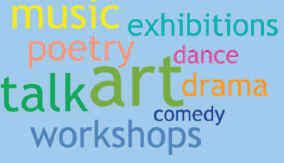
 |
ORIGINS OF COOKHAM
The
opening talk in the 2013 Cookham Festival
8 May 2013
with thanks to Michael Johnson
Colin
Berks, a leading local archaeologist, spoke of some early
explorations in the Cookham area, and left the very full audience
with the realisation that they lived in an important place, at least
historically; a place
where Saxon royalty gathered, and summoned their ‘Witan’ or
parliament, and a place possibly with links to ‘Offa’- he of the
dike. The people from Coxborrow Close walked tall from the meeting
in the expectation that some of the ‘gold dust’ which might once
have been scattered in their road, or thereabouts, by the presence
of such royalty, might cling to their feet. Elsewhere in Cookham
there was speculation about further sites of royal land, squeezed in
perhaps between the church’s property and that of the major local
landowners.
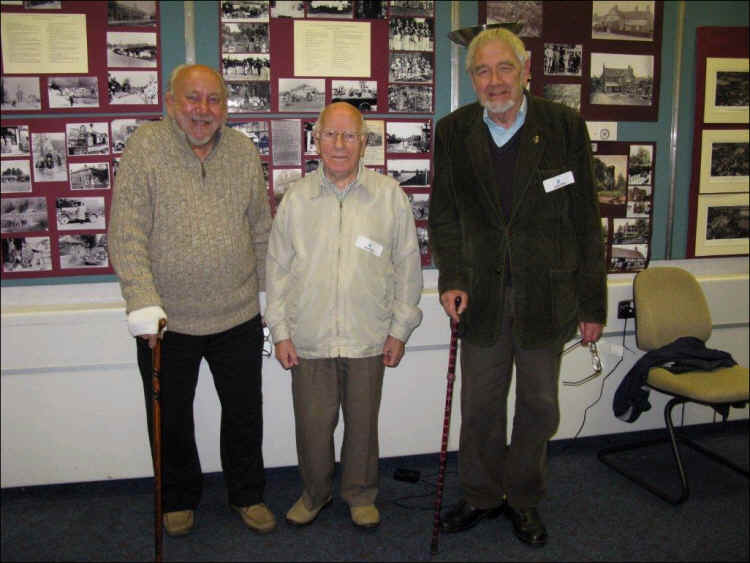
Cookham, with the Revd John Copping.
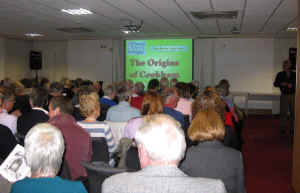


This
was largely in Saxon times, when Cookham was on the border between
Wessex and Mercia, and when the control of the river Thames, for the
movement of people and produce, agriculture and armies, was
particularly important. The fortified Sashes Island had played a
prominent part
in
all of this, and had done so for some hundreds of years previously.
Colin’s
talk led us through much of the early archaeological evidence from
local sites, including the very clear description of an ancient Iron
Age road leading up through Quarry Woods, across the Dean, to
descend through the cricket ground and High Road to the Village, and
thence to the important river crossing of My lady Ferry at the
bottom of Mill Lane. My Lady Ferry was, by his reckoning, a sort of
pre-Christian transport hub, - a Crewe Junction with rather less of
the steam and noise.
It
was a talk that the audience fully appreciated, and it led them to
greater interest in the history of Cookham which was well served by
the splendid collection of Victorian and later photographs of early
Cookham, which Pam Knight had collected and displayed in the
associated exhibition, together with a clear and concise summary of
their relevance.
A good start to the 2013 Festival.

